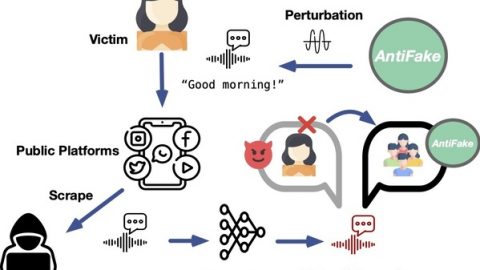
Table saws are extremely dangerous. The government estimates that injuries from table saws send something like 30,000 people to the emergency room every year. 3,000 of those end in amputations. The costs of those injuries are enormous. Are they also avoidable?
In 1999, inventor Steve Gass had a realization: Humans conduct electricity pretty well; Wood does not. Could he develop a saw that could tell the difference between the two?
Steve invented a saw that can detect a finger and stop the blade in milliseconds. Then, he tried to license it to the big tool companies. He thought it was a slam dunk proposition: It would dramatically reduce the injuries, and the cost of medical treatments and lost wages associated with them.
On today’s episode: What does it take to make table saws safer? When someone gets hurt by a power tool, there are tons of costs, tons of externalities. We all bear the cost of the injury, in some way. So, it can be in society’s best interest to minimize those costs. We follow Steve’s quest to save thousands of fingers. It brought him face-to-face with roomfuls of power tool company defense attorneys, made him the anti-hero of the woodworking world, and cost the lives of many, many hot dogs.
Help support Planet Money and hear our bonus episodes by subscribing to Planet Money+ in Apple Podcasts or at plus.npr.org/planetmoney.










Recent Comments